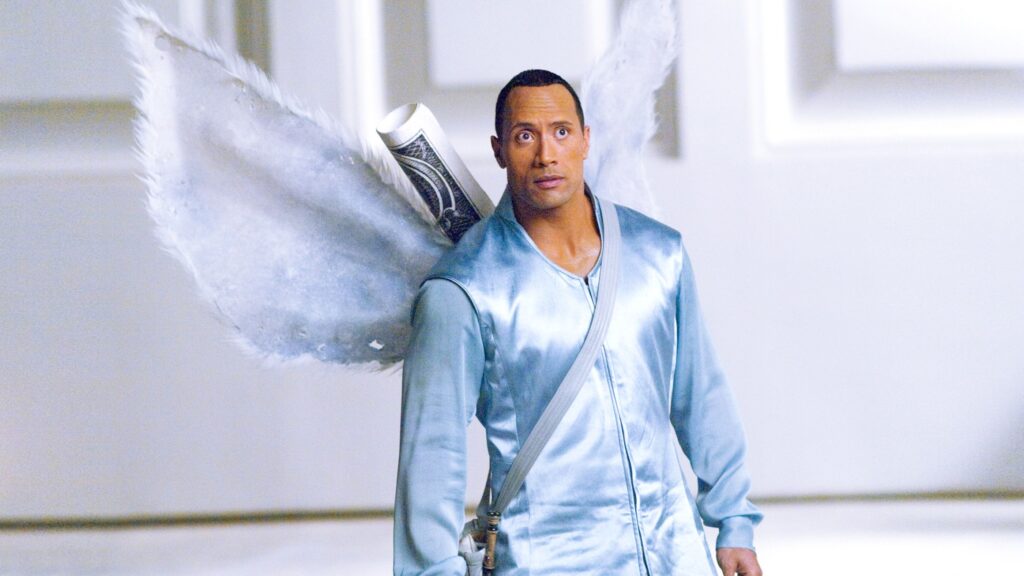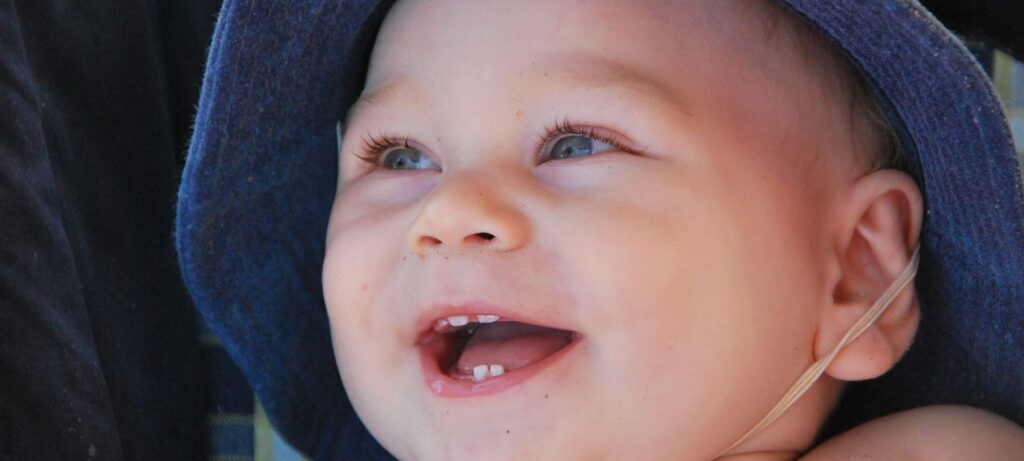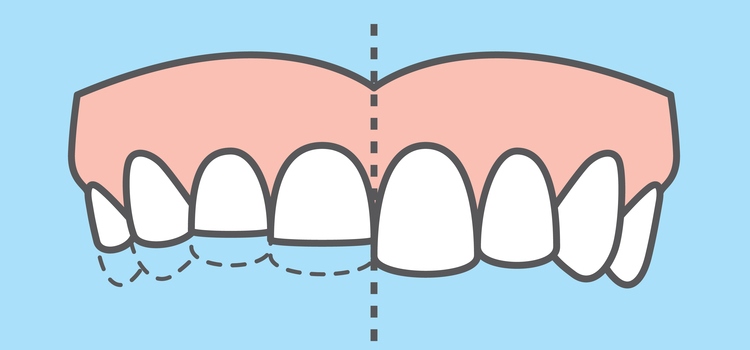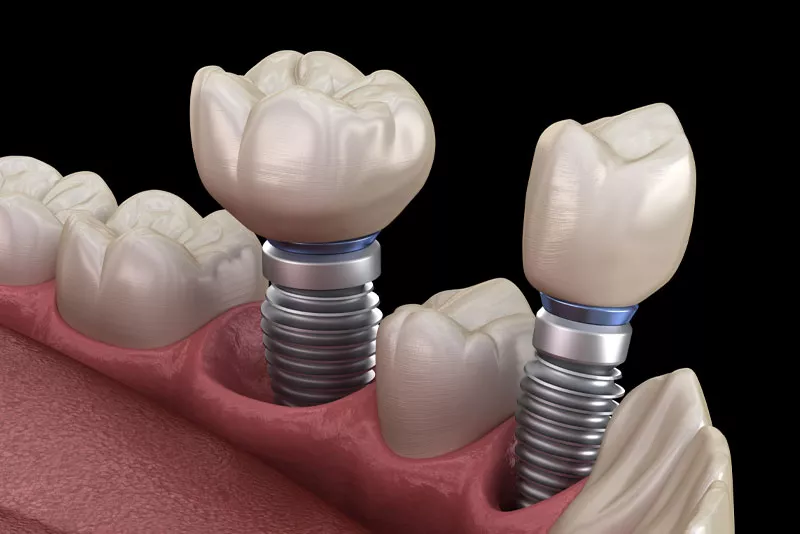As children, many of us have heard the legend of the Tooth Fairy – an enchanted being who visits us during the night and leaves a shiny coin in exchange for our tooth. This beloved character has been part of popular culture for generations, but little is known about the mythical creature.
Every child eagerly awaits the arrival of the mythical creature who visits during the night to exchange their fallen tooth for a small reward. However. as we grow older, we begin to wonder if this magical figure truly exists. And if it does, what does the Tooth Fairy look like?
Despite the popularity of the mythical character and its its long-standing presence in many cultures, there is no definitive description of what the Tooth Fairy looks like. Different cultures and individuals have their own unique interpretations of this magical creature, leading to a variety of depictions in popular culture. In fact, there isn’t a consensus on whether the Tooth Fairy is a female or something else!
According to European Archives of Paediatric Dentistry, only 75% of those surveyed thinks that the Tooth Fairy is a female.
In the rest of this article, we will take a deep dive into the history of the Tooth Fairy and explore the different versions of this magical legend. So sit back, grab a glass of milk, and get ready to delve into the fascinating world of the Tooth Fairy.
History of the Tooth Fairy
The Tooth Fairy have been a beloved character in Western folklore, but its origins are somewhat mysterious. The concept of a magical creature visiting children when they lose their baby teeth can be traced back to early Norse and European mythology, where it was believed that children’s teeth had mystical properties. As such, Vikings warriors would pay children for their teeth and wear it as a good luck charm ahead of battles.
In early European culture, many practice the tradition of burying a baby teeth as they believe that it would help the children to grow their adult teeth. Other culture believes that the hiding of the baby teeth can protect the child from witches and other evil spirits; the belief was that if a witch god hold of a child’s tooth, they would be able to cast spells on them and cause them harm. Today, this is still prevalent in many countries in Europe as well as parts of Asia such as Malaysia and Nepal.
One of the earliest mentions of the Tooth Fairy in the United States can be traced back to a newspaper article from Chicago Tribune in 1908. However, the legendary character was only brought to the limelight in 1927 when Ester Watkins Arnold published an eight-page playlet called “The Tooth Fairy”. In the play, the fabled creature collected the lost teeth of little boys and girls and left coins behind in return.
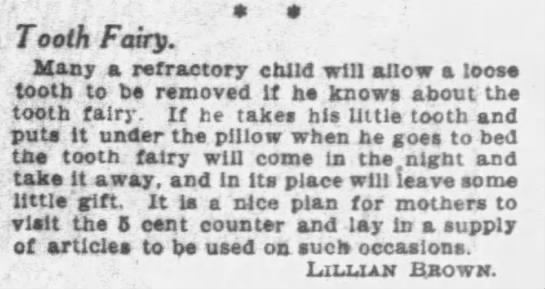
The Tooth Fairy gained popularity once again in the United States during World War II when soldiers stationed overseas began sharing stories of the Tooth Fairy with their children back home. In the following decades, the mythical creature became a prominent figure in children’s literature, movies, television shows, and their journey to teenagehood.
The depiction of the Tooth Fairy varies according to culture, and range from young to old, from human to spirits and even animals. However, the ‘modern’ Tooth Fairy is commonly pictured as a small, winged creature dressed in a white gown with a tutu and carrying a magic wand.
She is said to float through openings in the windows and doors to visit children and retrieve their fallen teeth. If a child begins to wake up, the Tooth Fairy would wave her magical wand and sprinkle fairy dust, putting the child back to sleep instantly.
Despite the lack of a definitive history, the Tooth Fairy remains a beloved figure in Western culture. For many children, the Tooth Fairy represents a source of excitement and wonder during their development.
What Tooth Fairy Actually Does With a Teeth
As we all know, the Tooth Fairy collects children’s baby teeth when they fall out and leaves a small gift or monetary reward in return. But what does the Tooth Fairy actually do with these teeth?
As for what the Tooth Fairy does with the teeth she collects, that is largely left up to interpretation. As such, several theories have been put up by parents and fairy-lovers to keep their children entertained. Some believe that she grinds them up to make fairy dust to fly and cast magical spells. A more benevolent theory suggest that the Tooth Fairy collects the teeth to keep them safe and away from witches and other evil spirits.
Another theory is that the Tooth Fairy uses the teeth to build her fairy castle, creating a magical fortress made entirely of children’s teeth. A more sinister theory suggest that the Tooth Fairy is a genetic creature created by researchers in the oral care industry to harvest teeth for scientific research. However, this theory is not widely accepted.
Ultimately, what the Tooth Fairy does with the teeth she collects is left up to the imagination of the child who believes in her.
You may be interested in: When Can I Use a Straw After Wisdom Teeth Removal and Why?
How Much Money Does the Tooth Fairy Leave?
The amount of money that the Tooth Fairy leaves for a lost tooth can vary depending on a variety of factors, such as family traditions, regional customs, and the child’s age. In the United States, the average amount that the Tooth Fairy leaves for a lost tooth is around $5.
However, some families may choose to leave more or less depending on their individual circumstances. Some families may also choose to leave small gifts or other tokens of appreciation in place of or in addition to money.
Ultimately, the amount of money that the Tooth Fairy leaves for a lost tooth is a personal decision that is left up to the parents or caregivers of the child. The most important thing is that the child feels loved and supported during this important milestone in their childhood.
Appearance of Tooth Fairy in Different Cultures
For decades, parents have done their best to keep the magic alive by leaving money for their children who have fallen a tooth and placed it under their pillow. While many children eagerly anticipate the Tooth Fairy’s visit, some have taken it upon themselves to try to catch her in the act.
In fact, there have been numerous reports of parents setting up cameras in an attempt capture the Tooth Fairy in action. Note that some (if not all) of these pictures and videos are made up with digital editing.
1. Tooth Fairy #1 by James Hashimoto (United States)
In the United States, the Tooth Fairy is often depicted as a tiny, winged fairy with a wand or a bag of coins. She may wear a tutu or a dress made of tulle, and she may have a crown or a tiara on her head.
The Tooth Fairy was captured by five-year-old James Hashimoto and his dad Daniel Hashimoto in 2016. The father and son pair had set up surveillance cameras around James’ room to attempt to capture the mythical creature.
2. Tooth Fairy #2 by Drew Malino (United States)
I do believe in fairies, I do, I do. #tinkerbell pic.twitter.com/18pzZmha0K
— Drew Malino (@DREWMALINO) August 4, 2020
This glowing Tooth Fairy was caught by Drew Malino’s RING doorbell camera on August 2020. While some believe that it is merely a flying grasshopper or a wasp, many are convinced that it is something out of this world, possibly the Tooth Fairy.
3. Tooth Fairy #3 by Alicia Stoddart (Britain)
This Tooth Fiary was spotted by Alicia Stoddart and her three kids during a holiday at Alicia’s caravan at Clacton, Essex. It was believed that the strange looking figure is merely a luna moth that looked eerily like a fairy.
4. Tooth Fairy #4 in Spanish culture (Spain)
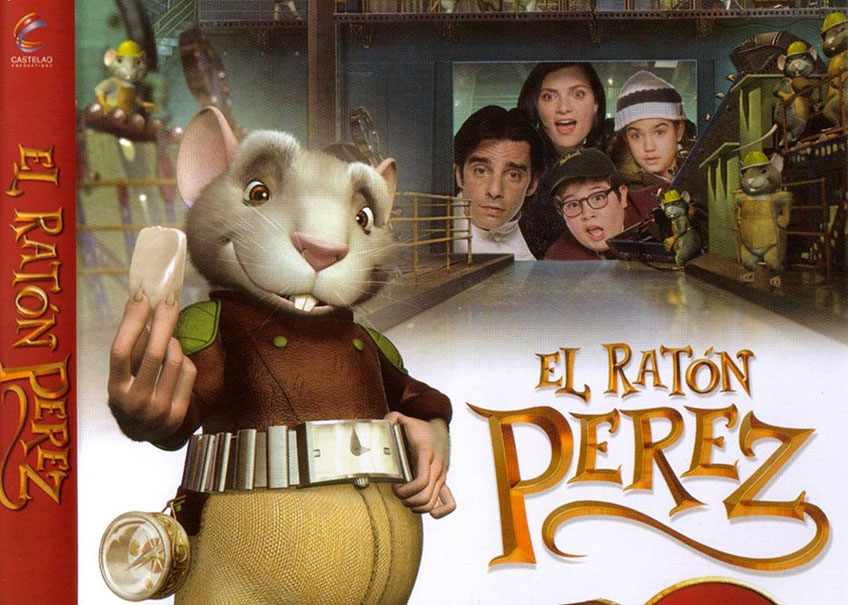
Ratón Peréz, which translates to Perez the Little Mouse, is the Spanish version of the Tooth Fairy. While he looks just like any other mouse, Ratón Peréz is depicted as an intelligent creature who wears clothes and glasses and travels around the city to visit children and retrieve their fallen teeth. Luis Coloma, a Spanish writer and journalist created the tale of Ratón Peréz in 1894 for King Alfonso XIII, who had just lost a baby teeth at the age of eight.
5. Tooth Fairy #5 in Ireland
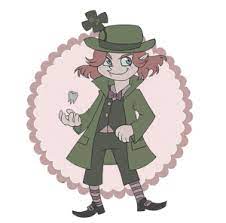
Instead of looking like a Tooth Fairy, Ireland folklore potray the Tooth Fairy as a mischievous leprechaun who goes around stealing children tooth to replace the front tooth she has lost during an accident in the forest. As leprechauns are not thieves, Anna would always leave a piece of gold in exchange for the tooth she has taken.
Takeaway
Ultimately, what the Tooth Fairy look like is up to everyone’s imagination. Traditionally, we think of a small, fairy-like being with wings and a wand who comes to collect teeth and leave behind coins. However, her appearance can vary depending on cultural traditions as people come up with their own interpretations. Despite the variations in her appearance, the Tooth Fairy remains a symbol of magic and wonder for children.
The tradition of leaving a lost tooth for her adds excitement and anticipation to childhood milestones and encourages good dental hygiene habits. Whether you believe in the tooth fairy or not, it remains a symbol of childhood innocence and hope. We may not know exactly what the tooth fairy looks like, but we will all keep searching and hoping to find out one day.

